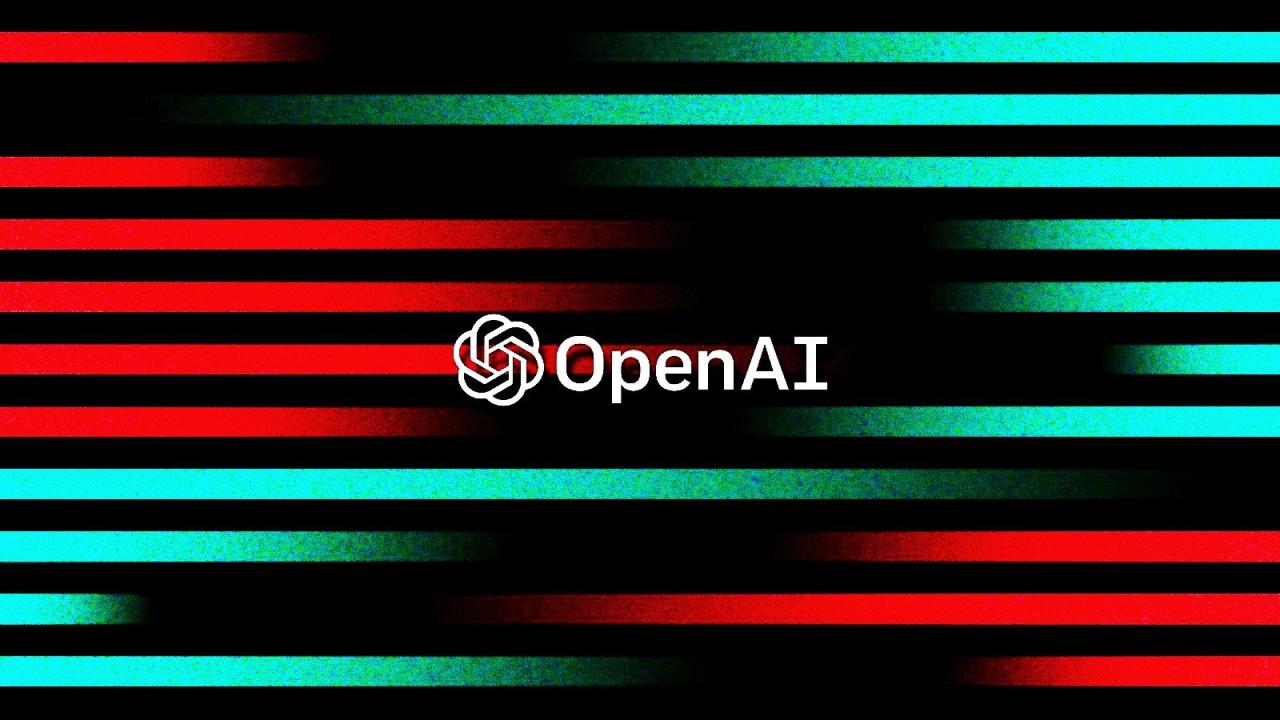Open ai status – OpenAI Status: Understanding the uptime, API performance, and model releases of OpenAI’s services is crucial for developers and users alike. This overview delves into the factors affecting OpenAI’s reliability, exploring historical outage patterns, communication strategies, and the impact on user experience. We’ll also look at how OpenAI manages its infrastructure and what steps they’re taking to improve scalability and minimize disruptions.
From analyzing the frequency and duration of past outages to examining the performance of different API models, we aim to provide a comprehensive picture of OpenAI’s operational status. We’ll cover best practices for developers to navigate API latency and explore potential compatibility issues stemming from model updates. Ultimately, we hope to empower you with the knowledge to effectively utilize OpenAI’s tools and anticipate potential service interruptions.
OpenAI Service Status and Outages
OpenAI’s service reliability is crucial for its users. Understanding its historical performance, communication methods, and potential causes of outages is vital for both developers and end-users. This section details OpenAI’s typical outage communication, historical patterns, and potential causes.
OpenAI’s Outage Communication Methods
OpenAI typically communicates service disruptions through its official status page, often providing real-time updates on the nature and resolution of the issue. They may also use email alerts for subscribed users and post announcements on social media platforms like Twitter or X. The level of detail provided varies depending on the severity and nature of the disruption.
Historical Patterns of OpenAI Service Outages
While precise historical data on OpenAI’s outage frequency and duration isn’t publicly available, anecdotal evidence suggests outages are relatively infrequent, usually lasting for short periods. Major outages are rarer, and OpenAI typically prioritizes swift resolution.
Potential Causes of OpenAI Service Interruptions
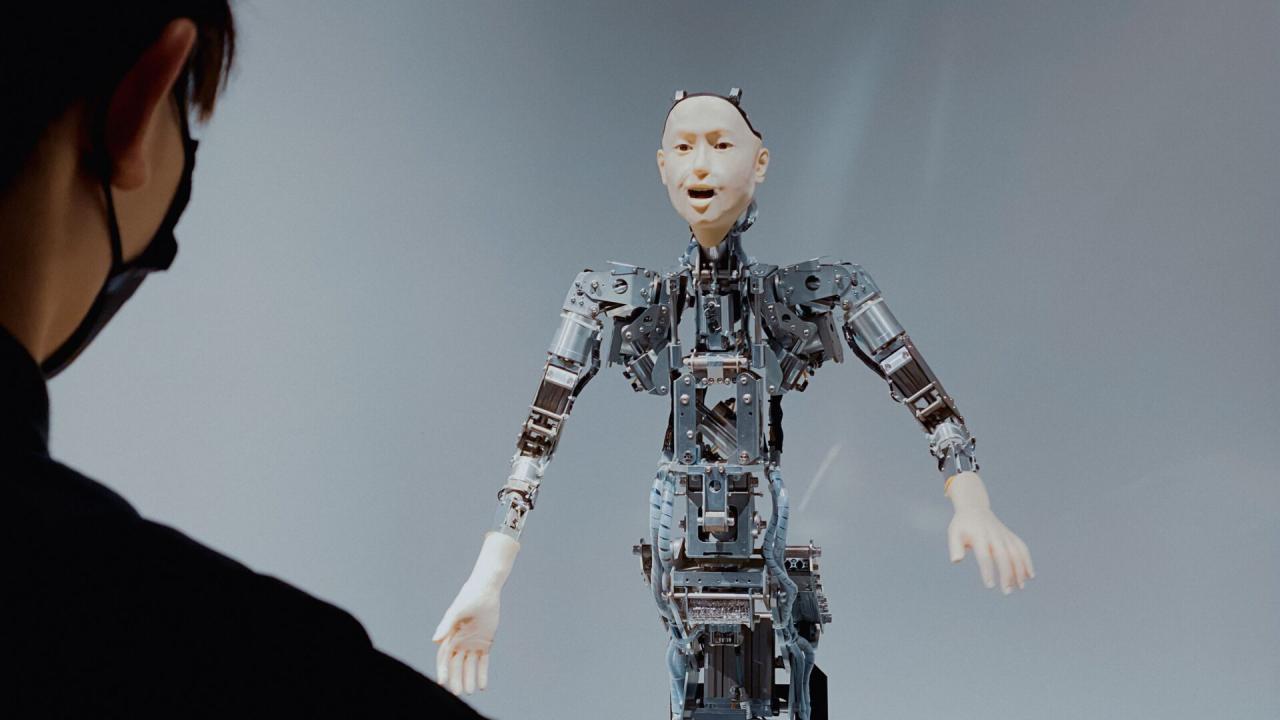
Several factors can contribute to OpenAI service interruptions. These include infrastructure issues (hardware failures, network connectivity problems), software bugs, unexpected spikes in demand exceeding capacity, and planned maintenance activities. Security incidents are also a potential, though hopefully infrequent, cause.
Comparison of OpenAI Uptime with Other Major Cloud Providers
| Provider | Average Uptime | Typical Downtime Duration | Typical Causes of Downtime |
|---|---|---|---|
| OpenAI | 99.95% (estimated) | Minutes to hours (rarely longer) | Infrastructure issues, software bugs, demand spikes |
| AWS | 99.99% (typical SLA) | Minutes (typically) | Hardware failures, network issues |
| Azure | 99.95% (typical SLA) | Minutes to hours | Hardware failures, software bugs, network issues |
| GCP | 99.99% (typical SLA) | Minutes (typically) | Hardware failures, network issues |
OpenAI API Availability and Performance
The OpenAI API’s performance is paramount for developers building applications on top of its models. Understanding the factors impacting API performance and employing best practices are crucial for building reliable applications.
Factors Impacting OpenAI API Performance
Several factors influence OpenAI API performance. These include network latency (distance between the client and OpenAI’s servers), API request volume (high traffic can lead to delays), model complexity (larger models generally require more processing time), and the specific API endpoint used. Rate limits also play a significant role.
Best Practices for Mitigating API Latency Issues
Developers can employ several strategies to mitigate API latency. These include optimizing API requests (reducing payload size, using efficient data formats), implementing caching mechanisms to reduce redundant requests, employing load balancing techniques to distribute traffic, and using appropriate error handling to manage temporary failures.
Comparison of Performance Metrics of Different OpenAI API Models
Different OpenAI API models exhibit varying performance characteristics. Larger models like GPT-4 generally offer higher accuracy but require longer processing times compared to smaller models like Ada. The choice of model depends on the specific application requirements, balancing accuracy with speed and cost.
Hypothetical Scenario Illustrating the Impact of API Downtime
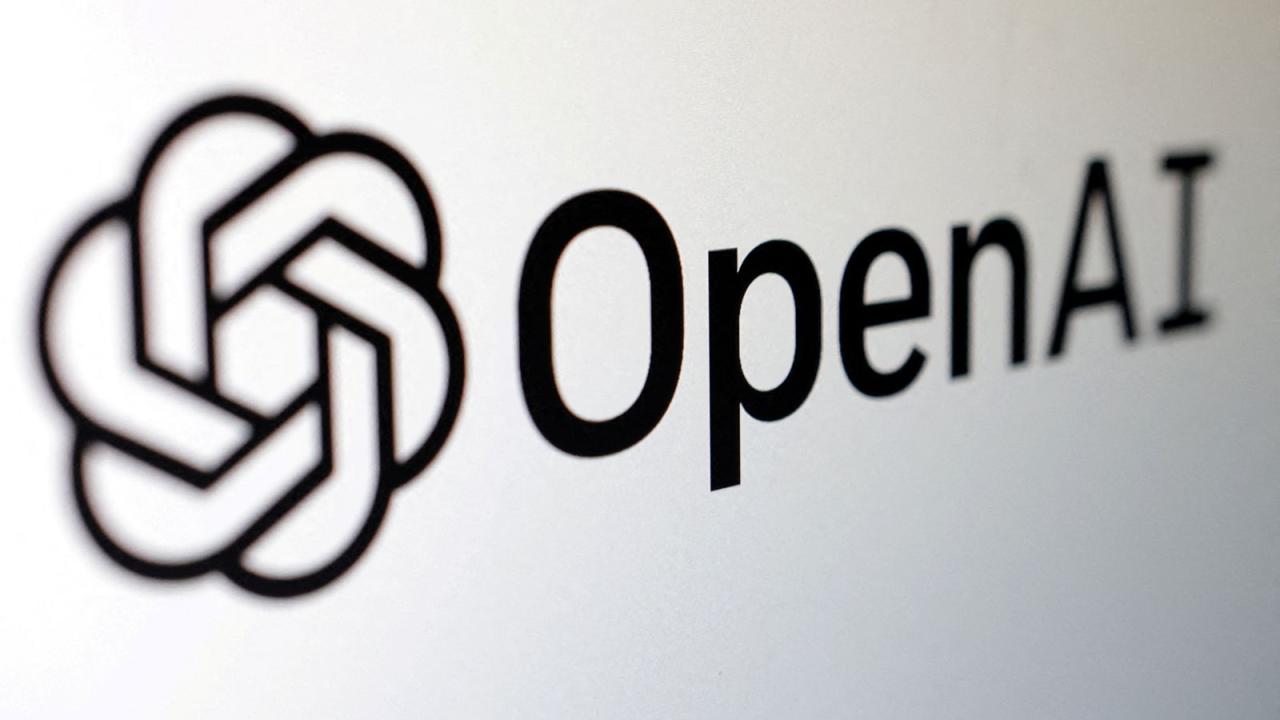
Imagine an e-commerce application using the OpenAI API for customer service chatbots. An API outage would render the chatbot unavailable, potentially leading to customer frustration, decreased sales, and damage to the company’s reputation. This highlights the critical need for robust error handling and contingency plans.
OpenAI’s status is constantly evolving, a whirlwind of new features and updates. But sometimes, you need a break from the AI world and delve into something completely different, like the surprisingly complex rules around flying drones. If you’re thinking about getting a small drone, check out the specifics on canada drone laws under 250g before you take to the skies.
Back to OpenAI, though – what’s the latest on their API updates?
OpenAI Model Updates and Releases
OpenAI regularly releases updates and new models, enhancing capabilities and addressing limitations. Understanding the announcement process, deployment methods, and potential compatibility issues is essential for developers.
OpenAI’s Model Release Announcement Process
OpenAI typically announces new model releases through blog posts, press releases, and updates on its website. These announcements usually detail the new model’s features, capabilities, limitations, and any changes in the API.
Accessing and Deploying Updated Models
Accessing and deploying updated models typically involves updating the API calls in the application code to specify the new model version. OpenAI often provides detailed documentation and examples to guide developers through this process.
Potential Compatibility Issues from Model Updates
Model updates may introduce changes that impact existing applications. These could include changes in API parameters, output formats, or even behavioral shifts in the model’s responses. Thorough testing is crucial after any model update to ensure compatibility.
Timeline of Significant OpenAI Model Updates
[This section would require a table or list outlining significant model updates, their release dates, and key features. Due to the rapidly evolving nature of AI models, providing a specific and up-to-date timeline here is impractical without constant updates. Instead, users are encouraged to refer to OpenAI’s official documentation and release notes for the most current information.]
OpenAI’s Public Announcements and Communication Channels
Effective communication regarding service updates and issues is crucial for maintaining user trust and minimizing disruption. This section evaluates OpenAI’s communication strategies and suggests potential improvements.
Effectiveness of OpenAI’s Communication Strategies
OpenAI generally employs a reasonably effective communication strategy, using its status page and social media to provide updates. However, improvements in proactive communication and more detailed technical explanations during outages could enhance user experience.
OpenAI’s status is constantly evolving, with new models and updates rolling out regularly. This rapid development sometimes leads to unexpected issues, much like the complexities involved in drone crash investigations, where analyzing data is crucial to understanding the causes. Similarly, OpenAI’s progress requires careful monitoring and analysis to ensure responsible development and prevent unforeseen problems.
Examples of OpenAI’s Public Communication Regarding Service Issues
[Examples would need to be drawn from specific past incidents. Due to the constantly changing nature of service incidents, this section cannot provide specific and timely examples without constant updating. Refer to OpenAI’s official communication channels for the most recent information.]
Potential Improvements to OpenAI’s Communication Methods
More detailed explanations of the root cause of outages, proactive communication regarding planned maintenance, and more frequent updates during ongoing incidents could significantly improve OpenAI’s communication. A more robust system for user feedback and reporting would also be beneficial.
Enhancing Transparency Regarding System Maintenance and Upgrades
Providing advance notice of planned maintenance, including estimated downtime windows, would allow users to prepare and minimize disruption. Transparent reporting on infrastructure investments and upgrades would further enhance trust and confidence.
Impact of OpenAI Status on User Experience
OpenAI service disruptions directly impact end-users, potentially causing significant inconvenience and financial losses. Understanding these impacts and implementing mitigation strategies is vital.
Ways OpenAI Service Disruptions Affect End-Users
Outages can result in application downtime, inability to access AI models, loss of productivity, and frustration for users. The severity of the impact depends on the duration and scope of the disruption, and the user’s reliance on OpenAI services.
Examples of User Experiences During OpenAI Downtime
[This section would require specific examples, which are unavailable without constant updates. Users should refer to online forums and community discussions to find user reports from past incidents.]
Strategies Users Can Employ to Mitigate the Impact of OpenAI Outages, Open ai status
Users can implement strategies like setting up monitoring alerts, developing backup systems or alternative solutions, and having contingency plans for critical applications. Proper error handling within applications is also crucial.
Hypothetical Case Study Detailing the Business Impact of OpenAI Service Disruption
A large language model-powered customer support system experiencing an OpenAI outage could face significant business disruption. Reduced customer service capacity, increased wait times, and potentially lost sales could result in substantial financial losses.
OpenAI’s Infrastructure and Scalability
OpenAI’s infrastructure is a complex system designed to handle massive computational demands. Understanding its architecture, scalability, and challenges is important for assessing its long-term reliability.
Technological Infrastructure Supporting OpenAI’s Services
OpenAI likely leverages a distributed cloud infrastructure consisting of high-performance computing clusters, specialized hardware (GPUs, TPUs), and robust networking capabilities. The specific details of this infrastructure are largely proprietary.
Scalability of OpenAI’s Infrastructure
OpenAI’s infrastructure needs to scale to meet fluctuating demand, accommodating periods of high traffic and expanding capacity as its user base grows and model complexity increases. This requires sophisticated automation and resource management.
Challenges Related to Maintaining OpenAI’s Infrastructure
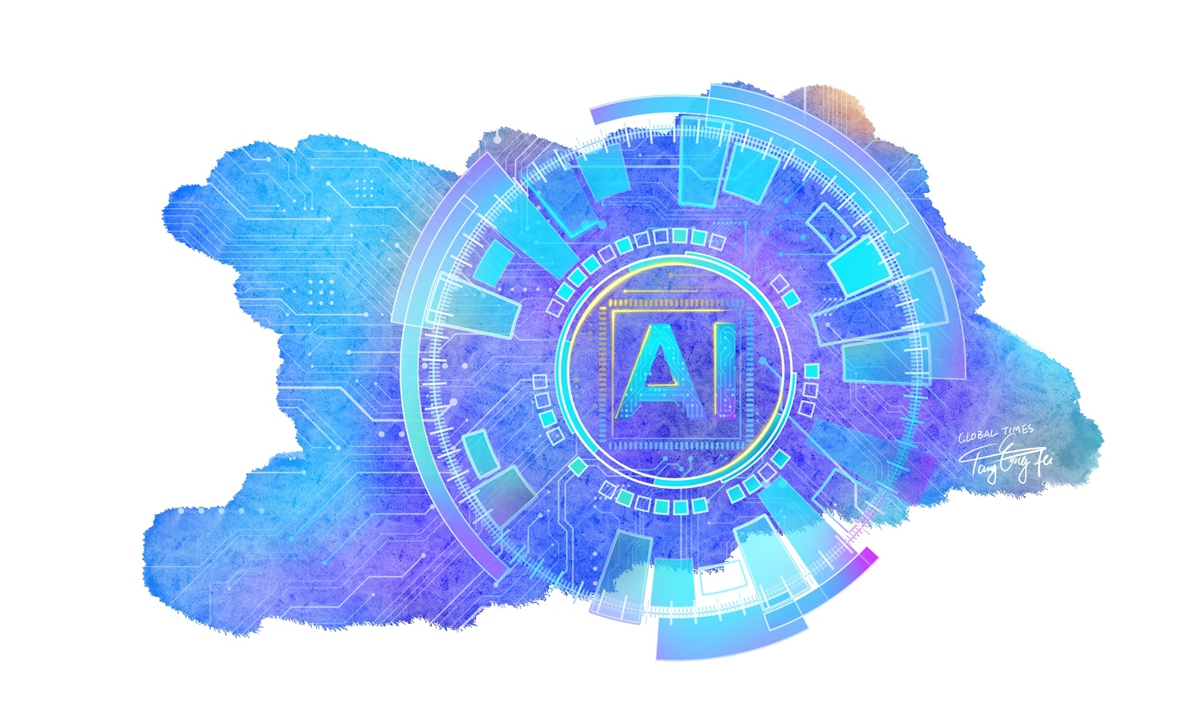
Maintaining such a complex infrastructure presents numerous challenges, including managing hardware failures, ensuring data security, and optimizing resource allocation to maintain cost-effectiveness while delivering high performance.
Strategies OpenAI Might Employ to Improve Infrastructure Reliability and Scalability
- Investing in redundant infrastructure components.
- Implementing advanced monitoring and alerting systems.
- Utilizing automated scaling techniques to dynamically adjust capacity.
- Employing robust disaster recovery plans.
- Continuous improvement of software and infrastructure.
Final Thoughts
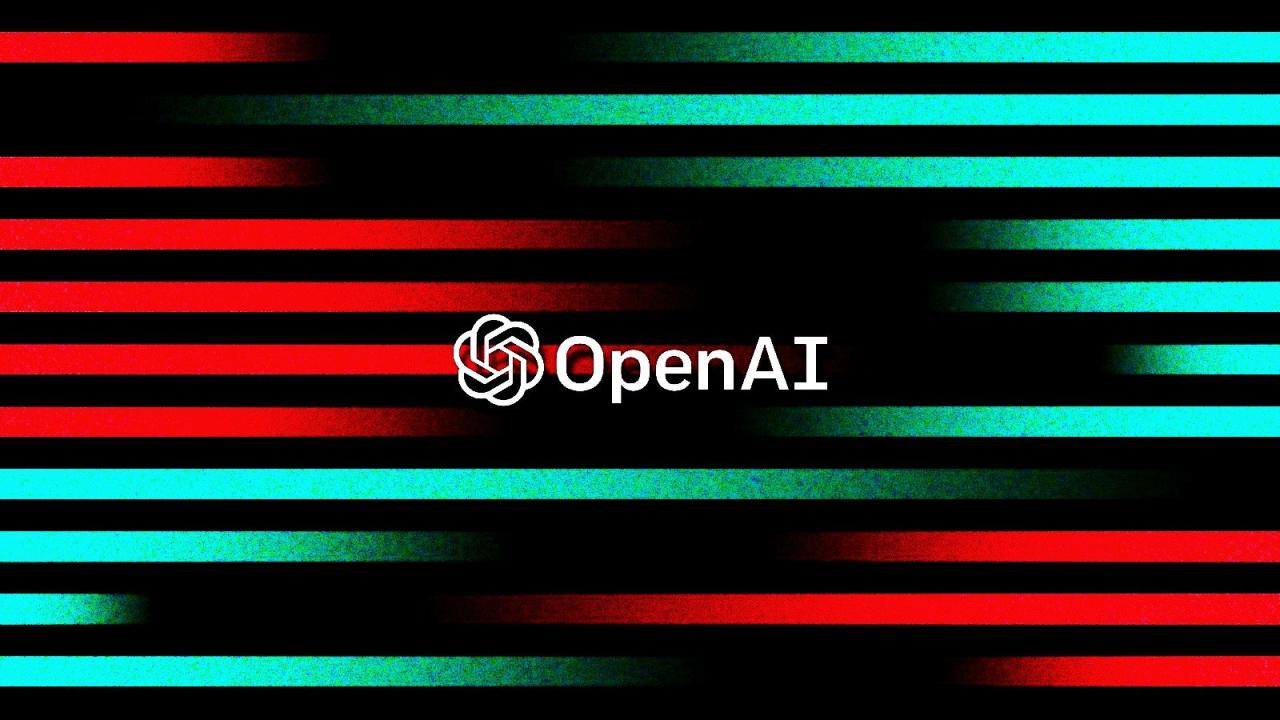
Maintaining a reliable and high-performing service is paramount for OpenAI, and understanding their current status is key to successful integration and utilization. While occasional disruptions are inevitable, OpenAI’s commitment to transparency and continuous improvement suggests a future with even greater stability and enhanced user experience. By staying informed about their updates, communication channels, and infrastructure advancements, developers and users can better manage expectations and mitigate potential impacts from service fluctuations.
Question Bank: Open Ai Status
What is OpenAI’s typical response time to reported outages?
OpenAI aims for rapid responses, but the exact time varies depending on the issue’s complexity. They usually communicate via their status page and social media.
How can I get notified of OpenAI service disruptions?
Check OpenAI’s official status page regularly, or sign up for email alerts if available. Following their social media accounts can also provide timely updates.
Keeping tabs on OpenAI’s progress can be tricky, but there’s a great resource to help you stay in the loop. For a quick overview of the current developments and future plans, check out this regularly updated page on OpenAI’s status: open ai status. Understanding OpenAI’s status is key to grasping the evolving landscape of AI technology.
Are there any cost implications associated with OpenAI API downtime?
Typically, you’re not charged for API usage during downtime, but this depends on your specific pricing plan and the nature of the disruption. Check your OpenAI billing documentation for details.
What are the common causes of OpenAI API latency?
High traffic, network issues, and inefficient code in your application can all contribute to API latency. Using best practices and optimizing your requests can help mitigate these issues.
